Tesla update brings Faraday Future-rivalling performance boost
'Ludicrous Plus' mode could see P100D models achieve 0-60mph in 2.34secs, Elon Musk says
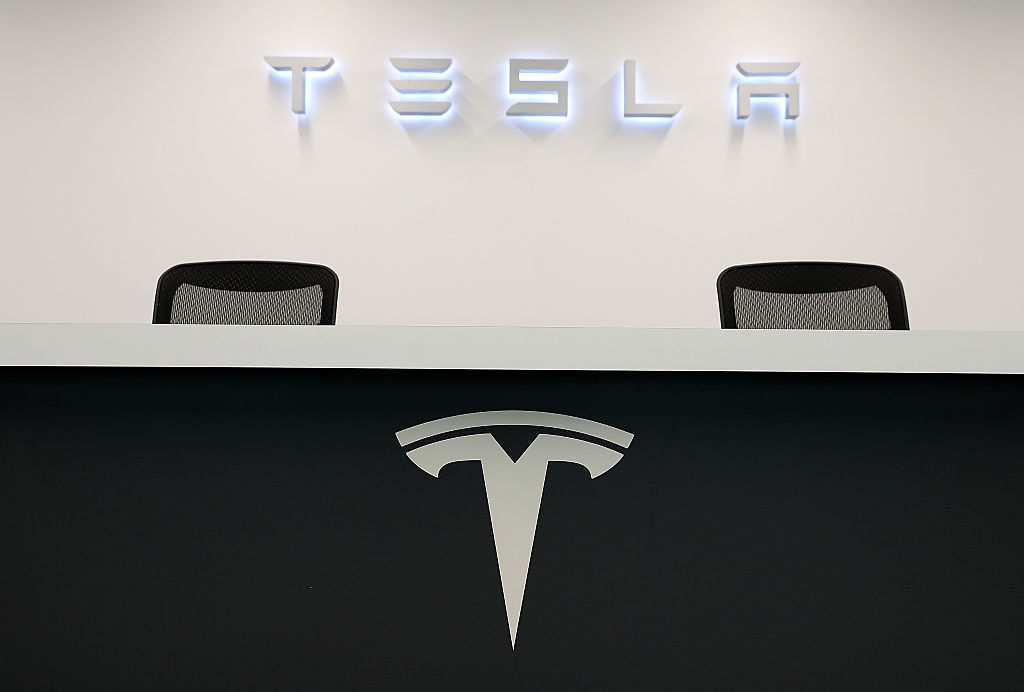
A software update could see Tesla's Model S and X become even faster, increasing acceleration times for P100D models.
Chief executive Elon Musk revealed that an updated version of the firm's "Ludicrous mode", which maximises the motor's electric output, could see cars doing 0-62mph in 2.34secs. This would make it 0.05secs faster than Faraday Future's claimed acceleration figures for its FF 91 SUV, which debuted at last week's Consumer Electronics Show in Las Vegas.
The new update, dubbed "Ludicrous Plus", is expected to add an "extra 33bhp" to P100D's variants, says AutoExpress, although owners are warned the extra performance "accelerates wear on the motor, gearbox and battery".
The Week
Escape your echo chamber. Get the facts behind the news, plus analysis from multiple perspectives.

Sign up for The Week's Free Newsletters
From our morning news briefing to a weekly Good News Newsletter, get the best of The Week delivered directly to your inbox.
From our morning news briefing to a weekly Good News Newsletter, get the best of The Week delivered directly to your inbox.
The news comes following personnel changes at the all-electric car company, with Musk bolstering his line-up at the top with the appointment of several former Apple executives, most notably Chris Lattner, the Swift programming language to bolster its lineup.
Lattner, the new vice president of Tesla's Autopilot driverless division, is expected to assist with the monthly software updates that bring new autonomous features to the Model S and X range.
Tesla hires second Apple executive in two days
12 January
Tesla has enticed another Apple executive to join its workforce, with designer Matt Casebolt jumping ship a day after former Swift project leader Chris Lattner was named vice president of the firm's Autopilot software.
A free daily email with the biggest news stories of the day – and the best features from TheWeek.com
According to 9to5Mac, Casebolt is Elon Musk's new senior "director of engineering, closures and mechanisms".
During his time with the tech giant, he has been involved with the design and development of some of the firm's "most iconic models over the past decade" - the Mac Pro, the original MacBook Air and the controversial new MacBook Pro with Touch Bar, the site reports.
Tesla has acquired several new high-ranking members of staff over the last few months. As well as Casebolt and Lattner, the company last month appointed Anders Bell, former head of interiors at Volvo, to improve its "terrible" cabin quality, says ArsTechnica.
This could lead to Tesla morphing into a new version of Apple, says Business Insider UK. Its strategy of "bringing in top-end talent" and "controlling both the design and manufacture of its products" are all methods used by the Cupertino-based company in the past.
Tesla's next car, the entry-level Model 3, is expected to hit the roads towards the end of the year and while the new workers may not be directly involved with the launch, it is expected they will contribute towards future software updates and design facelifts.
Tesla recurits Apple senior director Chris Lattner
11 January
Tesla has announced the appointment of Chris Lattner, Apple's director of developer tools, as vice president of its Autopilot software division.
Lattner, who was with the Cupertino-based tech giant for 11 years, is noted for creating Apple's Swift open-source programming language, which allows users to build apps on both iOS and macOS platforms.
He takes over from Jinnah Hosein, vice president of software at SpaceX, who had been serving a dual role at Elon Musk's company and will now return to Tesla's space programme.
Musk has previously claimed Apple is the "Tesla graveyard", where its ex-employees go when they "don't make it" at the firm, reports Ars Technica.
Tesla's first Autopilot update goes live this week, introducing new driverless modes to Model S and X vehicles, including auto lane change and auto steer, with more features added on a monthly basis. The company aims to make its vehicles fully autonomous "as early as this year", says Ars Technica.
Announcing his move, Lattner revealed Apple developer Ted Kremenek will now take over as Swift project leader, something the new Tesla man says will neither see a "change to the structure" nor "impact day-to-day operations" within the sub-division.
Tesla to penalise Supercharger idlers
21 December
Tesla has announced plans to charge idle users of its Supercharger stations in an attempt to increase availability of the battery docking stations.
Fees of 30p per minute will incur immediately after a customer's car has been fully charged, although this will be waived if the owner returns within five minutes. There's no upper limit to the fee, so idlers could receive a large penalty if their vehicles are docked for long periods of time.
Owners can monitor the status of the charging cycle using a Tesla app, which will also alert them if any idle fee has been imposed.
The penalty only applies to the Model S and X ranges, which get free charging. Model 3 owners, whose cars will be the cheapest Tesla to date, are expected to pay for access to the Supercharger when they start hitting the road next year.
ArsTechnica says Tesla plans to "double the number of Superchargers by the end of 2017" and increase the amount of the lower-speed Destination chargers. However, it warns, these charging stations will become "a much scarcer resource" once Model 3 orders are fulfilled.
Tesla is also expected to release its first of several updates imminently, activating features such as auto steer and auto lane change. Further updates will be rolled out once a month following December's software release, says chief executive Elon Musk.
Tesla to launch autopilot update in three weeks
28 November
Tesla's autopilot and performance update will launch in three weeks' time, chief executive Elon Musk revealed.
The update will arrive in "about three weeks and it will get rolled out incrementally in monthly releases", he tweeted, replying to a follower curious as to why their new Model S didn't have features such as auto steer and auto lane change enabled.
The incremental upgrades will gradually introduce autonomous options to Tesla models that "are now being made with the new hardware" but do not have the features activated as "promised", Auto Express reports.
Footage of the enhanced autopilot mode surfaced in October, with The Verge saying the clip shows "a Tesla leaving the garage, driving across town and finding a parking spot - all autonomously".
It is also believed the 8.1 update will introduce a small performance upgrade to the company's Model S and X range. Earlier this month, Musk said improved 0-60mph times would appear in a future update scheduled for a December release.
Teslas to get performance boost in new software update
17 November
Tesla chief executive Elon Musk has announced on Twitter that a software update due next month will improve 0-60mph and quarter-mile acceleration figures for the Model S and X.
"Looks like the Model S P100D Easter egg will allow it to do 0 to 60mph in 2.4 sec and a 10.4 sec 1/4 mile via software update next month", he said.
Musk also said the Model X figures "should also improve by 0.1 sec on 0 to 60 and 1/4 mile".
The update means the Tesla Model S P100D will be faster to 60mph than a McLaren P1 and LaFerrari.
In an earlier tweet, Musk indicated that the performance boost applies to the car's 'Ludicrous Mode', a hidden setting that increases the car's power output by around ten per cent. He also revealed that a problem users have experienced with selecting favourite radio stations will be rectified.
This isn't the first update Tesla has released that increases performance figures. Last year, Teslarati reported that a 'Launch Mode' was added through Tesla's 7.0 firmware update, saying it boosted "immediate off-the-line acceleration".
Tesla already building fully self-driving cars
20 October
All new Tesla cars will be fitted with the hardware needed to be fully self-driving, chief executive Elon Musk revealed yesterday.
Revealing the "unexpected" new product fans have been waiting for since last week, the businessman said the Model S and Model X are now being made with the new system in place. It will also go into the Model 3 when manufacturing begins.
Autonomous cars will "play a crucial role in improving transportation safety", says a post on the company's website.
The hardware consists of eight cameras around the car's exterior, providing 360-degree visibility with a range of 820ft, 12 ultrasonic sensors, a forward-facing radar and an onboard supercomputer Tesla claims is 40 times more powerful than its current version.
"This system provides a view of the world that a driver alone cannot access," says the carmaker.
Tesla claim the hardware, which cannot be retrofitted to current models, will eventually form a large step forward in self-driving technology.
The company's current Autopilot system is a Level 3 on the National Highway Traffic Safety Administration and SAE's ranking of autonomy levels. That means it can only be used on highways and the driver must remain alert and ready to intervene at all times.
The new setup, however, could go straight to Level 5 in a few years, taking over all the driving tasks.
Cars with the new will run in "shadow mode" for now, allowing Tesla to both perfect the system and gather the information needed to convince lawmakers self-driving cars are safe. By monitoring the cars' performances, should any accidents occur, the company will be able to evaluate if they could have been prevented using the self-driving system.
The BBC's Dave Lee says Musk's announcement is more "a statement of intent" than a technological leap.
"What Tesla will gain by doing this, however, is a huge fleet of cars gathering data on the world's roads, something which could hasten the introduction of self-driving technology," he adds.
Musk himself anticipates that will happen soon. The Wall Street Journal reports Tesla's boss wants to demonstrate a self-driving car in grand fashion by the end of next year - driving from New York to Los Angeles with no human input.
Tesla's new software upgrade: What the reviewers think
23 September
In a sign of just how much the automobile industry is changing, the latest software upgrade to Tesla cars has been greeted with great excitement.
Just a few years ago, the idea that new features could be released on an existing car was unthinkable. But last year, Elon Musk's electric car company abruptly gave existing Tesla drivers the ability to raise or lower their suspension at the touch of a button.
Now the firm has upgraded its Autopilot feature with the release of its latest operating system, Tesla 8.0.
Here's what the reviewers think.
Autopilot is now 'more human'
Tesla's cars are now "a little more human", says Bloomberg.
The older version of Autopilot was annoyingly pedantic, claims the news agency, sticking firmly to the centre of a lane even if the vehicle next to it was straying close to the edge. A human driver faced with this would steer a little to one side to avoid an unnervingly close encounter – but Autopilot didn't. Indeed, it might even stop the car rather than swerve round an obstacle.
After the update, all of that is improved, says Bloomberg, adding the car "is beginning to act a little more human, adjusting its position in the lane to account for perceived threats from the sides".
This is particularly useful in crowded urban places like New York, it continues, where drivers "treat lane markers like suggestions rather than rules".
However, if the car is now more human, Bloomberg feels it is also now more of a scold and says Tesla has instituted the "red hands of shame" – a series of warnings for drivers who are taking the whole autopilot concept too literally.
Not touching the steering wheel for a certain amount of time, depending on road conditions and speed, triggers a series of alarms which if ignored will see Autopilot switched off for the rest of the journey.
Improved entertainment system
There are other changes too. "Importantly," says Bloomberg, the car has a "much improved entertainment system". Another new feature turns on the air conditioning automatically if the car overheats to protect children or animals in parked vehicles.
Hack-proofing
Announcing the release, Tesla revealed it had updated the software to cope with hacking attempts after a Chinese team were able to open the boot of a car as it was driven along – from a distance of 12 miles.
According to the BBC's Dave Lee, the hack – by a team of researchers who immediately reported their success to Tesla – was "notable" for two reasons.
First, the team was able to control the car from a great distance. Second, they were able to take a remarkable amount of control away from the driver: "Brakes, windscreen wipers, all sorts."
Elon Musk unveils Tesla's 'master plan' for the future
21 July
Tesla's enigmatic frontman Elon Musk has unveiled the second part of his automotive division's "master plan", highlighting ambitions to deliver all-new vehicles and ownership models.
The report comes ten years after Musk first published his blueprint for the company, in which he outlined his strategy to get the company off the ground by building three electric vehicles.
These turned out to be the expensive Tesla Roadster sports car; the Model S family saloon, and the mass production Model 3, to be released in 2017.
Part two includes more EVs, as well as changes to Tesla's structure and the continued rollout of self-driving technology.
New home energy technologies
Musk's master plan stresses the importance of turning Tesla into a vertically integrated company through the absorption of SolarCity, his solar energy business, allowing the Tesla name to branch out into new areas.
Tesla already has the Powerwall, a domestic electricity generator, but Musk wants to create a "smoothly integrated and beautiful solar-roof-with-battery product" for the home of the future. He uses the product to defend the controversial decision to tie the two companies together – the BBC reports that many see the move as a bailout of the ailing SolarCity.
All-new cars and more
Of course, being a car company, you'd expect plans to build more.
Alongside the Model 3, which will remain the company's cheapest car for now, Tesla plans to produce a smaller crossover SUV, to sit beneath the Model X, as well as a "new kind of pick-up truck".
In addition to consumer vehicles, Tesla is looking at busses and lorries, both of which are in the early stages of development, although we could get our first glimpse next year.
"We believe the Tesla Semi [truck] will deliver a substantial reduction in the cost of cargo transport, while increasing safety and making it really fun to operate," writes Musk.
However, it is the company's plans for busses that are of real interest as the company has put self-driving technologies right at the heart of its mass-transit plans
The technology, when it becomes legal and accessible, will see bus drivers become "fleet managers", says Musk, overseeing a squad of smaller, self-driving busses that can be summoned on-demand through a smartphone, picking passengers up and dropping them off door to door. Bus stops won't die just yet – they'll just become summon points.
Self-driving technology
Tesla has already rolled out beta versions of its Autopilot system, saying that even partial autonomy is safer than nothing.Full self-driving is reliant on Tesla cars doing real miles and commutes with the system. Musk predicts that worldwide regulatory approval will require around six billion miles of testing. At present, Tesla's research as a whole provides around three million miles a day.
When the technology is ready, all Tesla vehicles will come with the hardware and software necessary to be completely autonomous and fail-safe. Musk says the software is key to this – technologies such as the cameras, radar and sonar systems Autopilot uses are much easier to perfect.
The master plan promises drivers will be able to summon their Tesla from "pretty much anywhere" and do almost anything - within reason - behind the wheel.
New ownership models
Lastly, in a move many say is Tesla going after Uber, Musk writes that full vehicle autonomy will allow drivers to add their car to a fleet of shared ones and have it generate an income.
The company also plans to prop up the fleet with its own EVs in towns and cities where there's more demand than owners willing to share.
There's a lot to chew on in Musk's master plan, but Wired says that individually, none of its ambitions are particularly radical and are actually quite attainable. Many, if not all the major carmakers are now developing self-driving cars, it continues, with some also developing trucks, while the ownership model all but exists already.
However, it adds, the scale of ambition is multiplied when all the parts of master plan "part deux" are tied together.
"It's so crazy it's brilliant", concludes the site.
-
 The best drama TV series of 2025
The best drama TV series of 2025the week recommends From the horrors of death to the hive-mind apocalypse, TV is far from out of great ideas
-
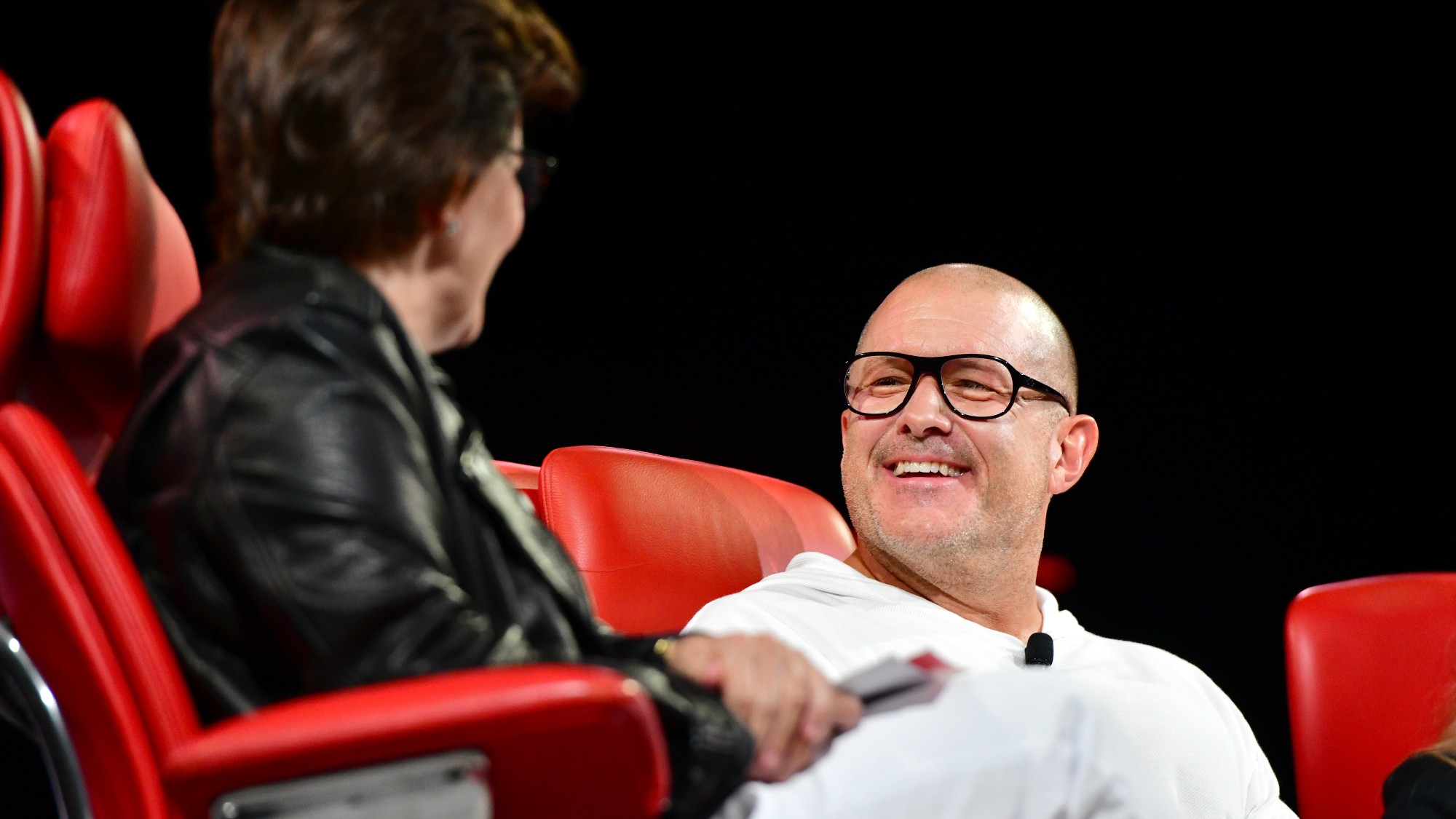 Jony Ive's iPhone design changed the world. Can he do it again with OpenAI?
Jony Ive's iPhone design changed the world. Can he do it again with OpenAI?Talking Points Ive is joining OpenAI, hoping to create another transformative piece of personal technology. Can lightning strike twice?
-
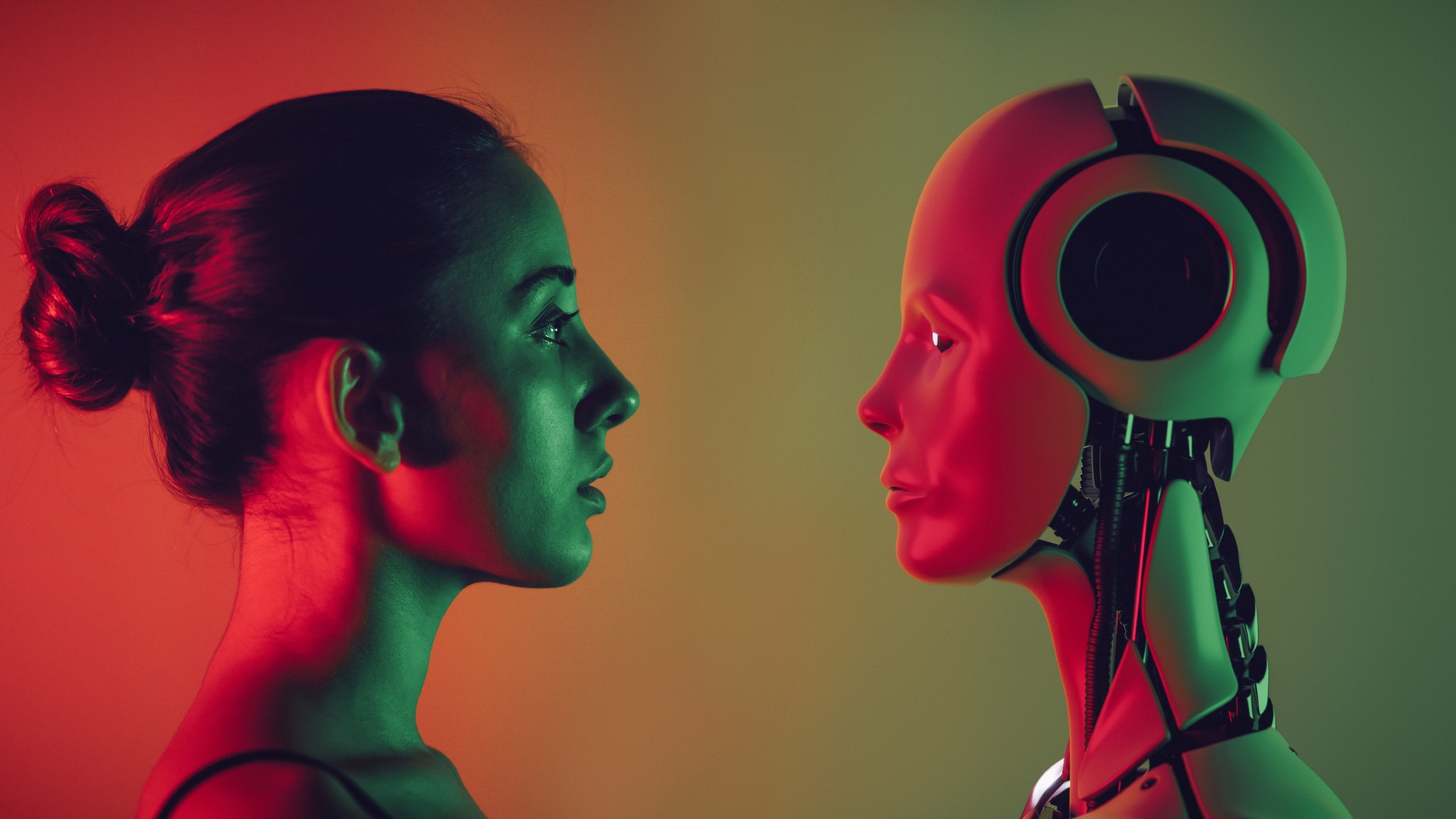 'Severance' and the best tech dystopia shows
'Severance' and the best tech dystopia showsThe Week Recommends If the Apple TV+ hit increased your appetite for bleak futurism, you have additional options
-
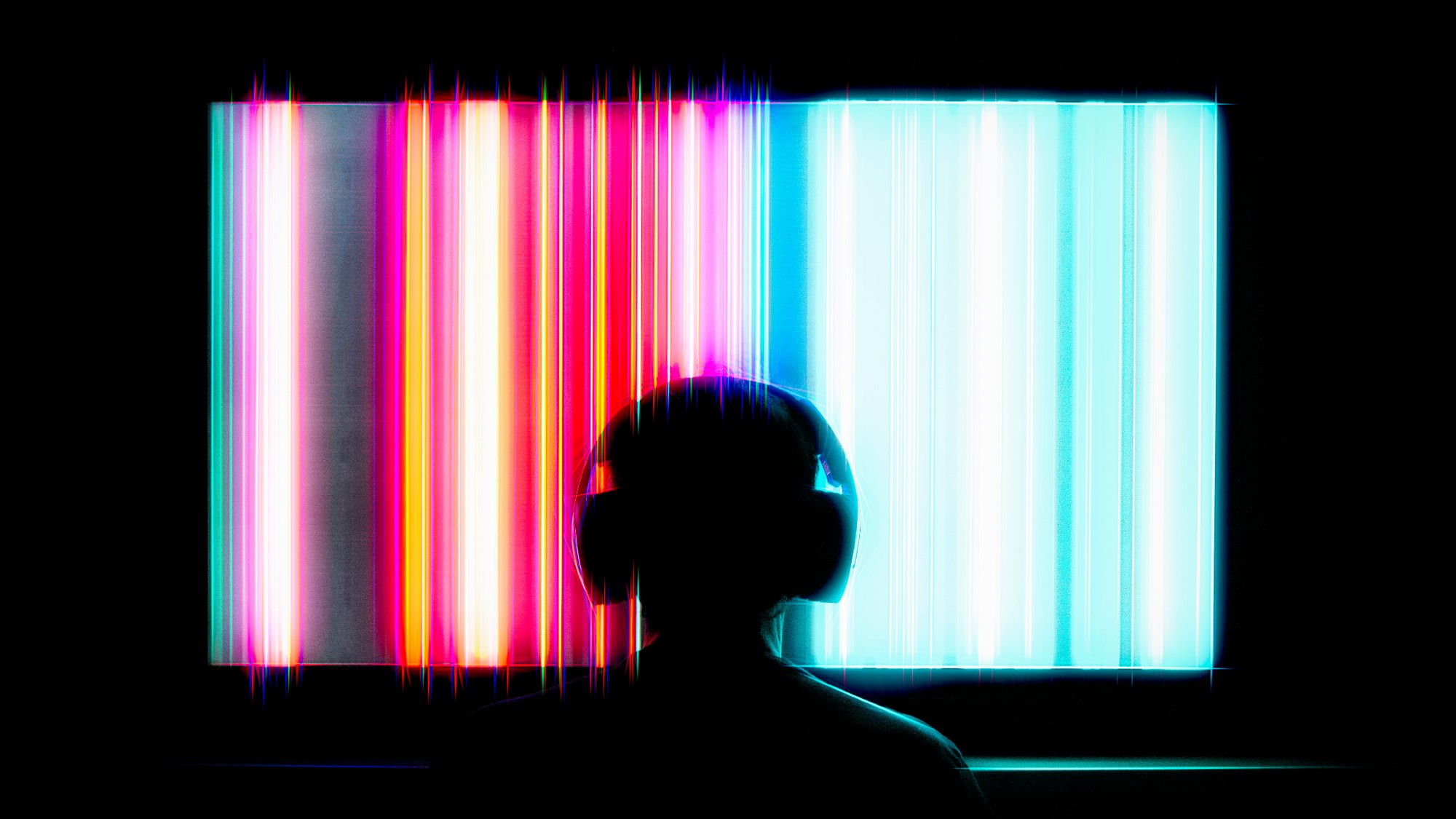 The best TV series with multiple timelines right now
The best TV series with multiple timelines right nowThe Week Recommends Narratives that spend significant time in two or more stories can be especially rewarding
-
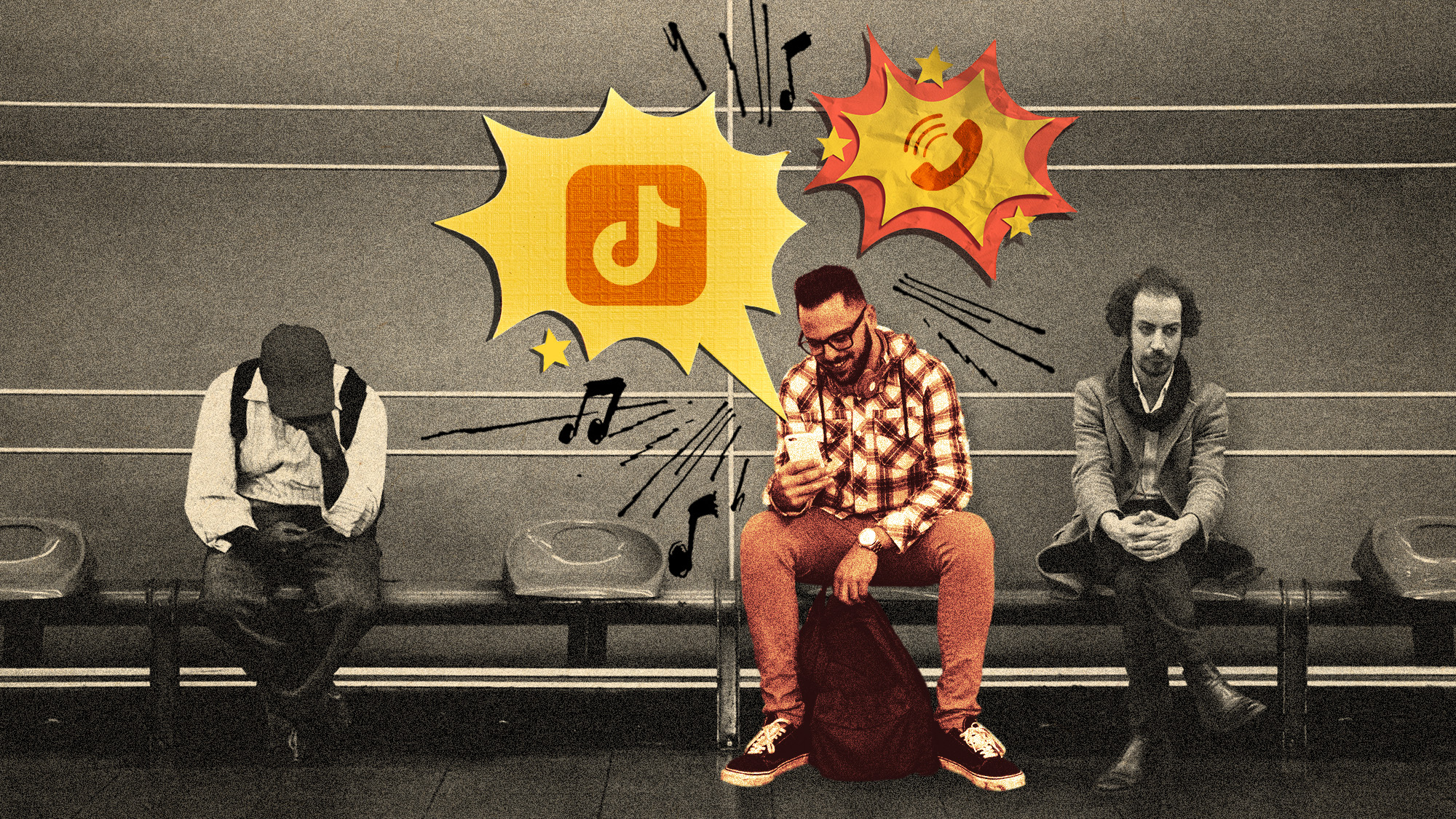 A not-so-quiet place: Why is no one using headphones in public anymore?
A not-so-quiet place: Why is no one using headphones in public anymore?Under the Radar People are increasingly comfortable with both speakerphone and watching videos (very) out loud
-
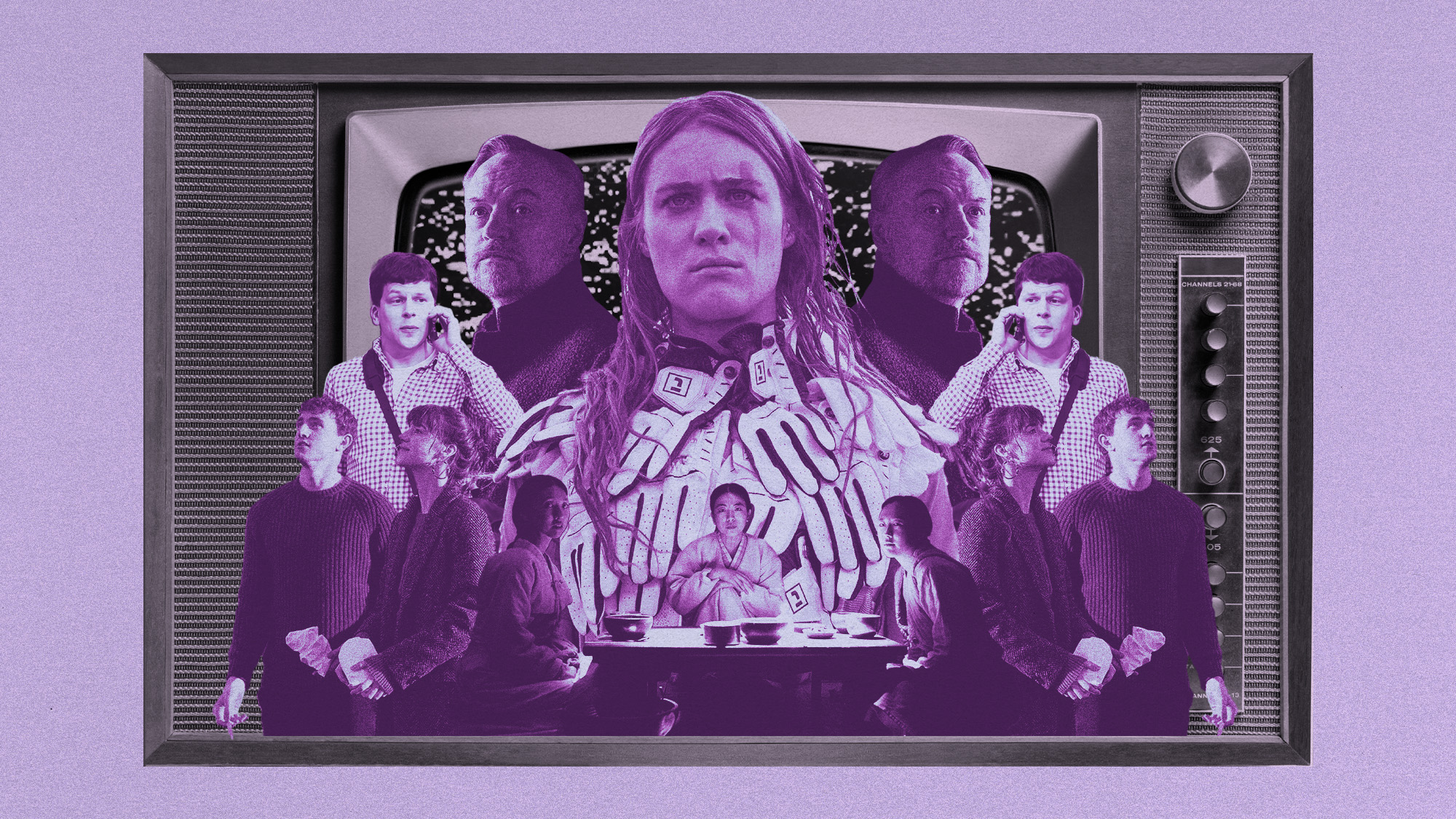 5 stellar TV series based on award-winning novels
5 stellar TV series based on award-winning novelsThe Week Recommends Max's 'The Sympathizer' is not the only successful adaptation of prestige fiction
-
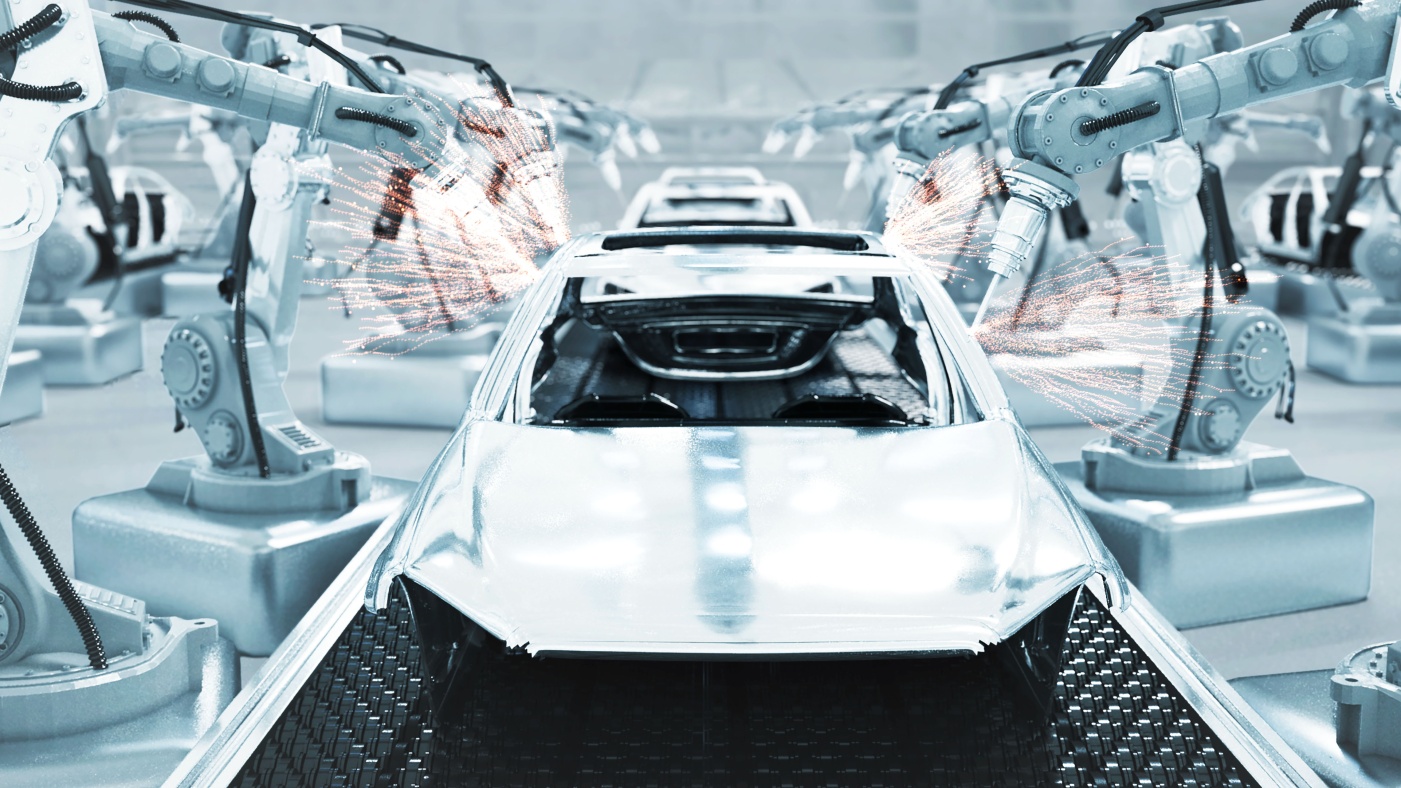 EV market slowdown: a bump in the road for Tesla?
EV market slowdown: a bump in the road for Tesla?Talking Points The electric vehicle market has stalled – with worrying consequences for carmakers
-
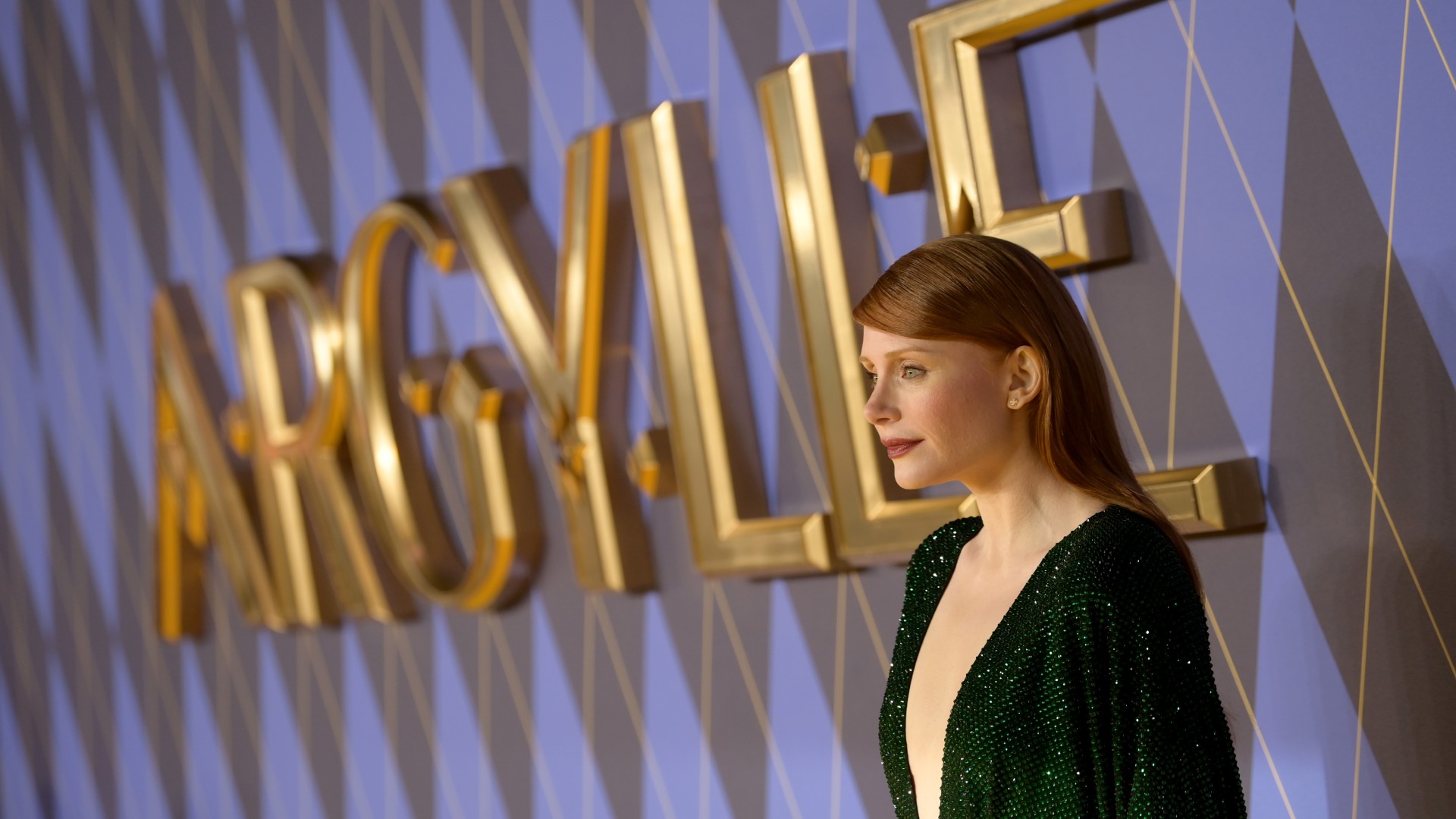 Movies to watch in February, from 'Argylle' to 'Drive-Away Dolls'
Movies to watch in February, from 'Argylle' to 'Drive-Away Dolls'The Week Recommends A spy thriller tied to a real-life mystery, a solo Coen brother feature and more
